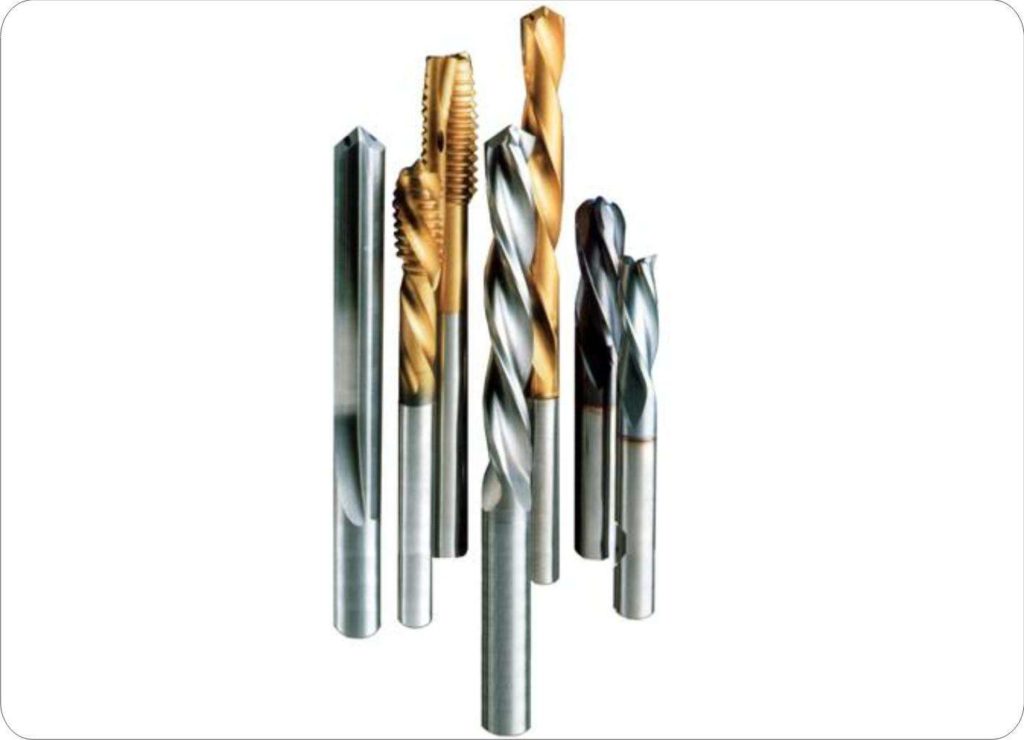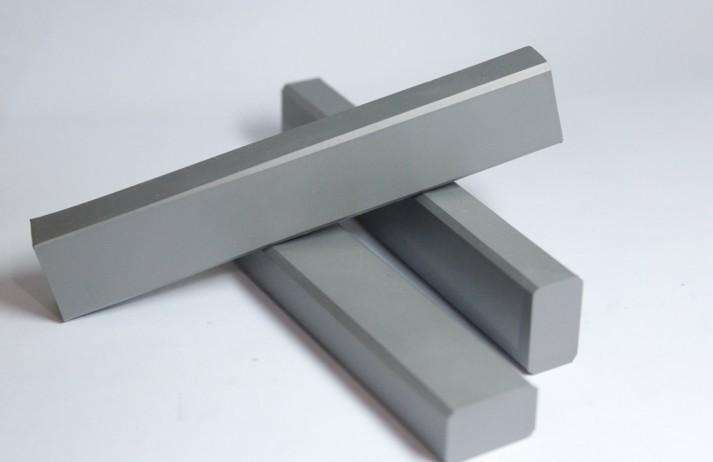Cemented carbide has been used for nearly a century. During this period, they have become common materials for manufacturing tools and all applications requiring high hardness and certain toughness. Because resilience and strength often come under different names, their users sometimes mistake them for each other. This proves that people generally lack sufficient knowledge of cemented carbide.
TRS – transverse fracture strength
Determination of transverse fracture strength of cemented carbide: ISO 3327
The strength of cemented carbide is measured by TRS, which is a simple three-point bending test. The TRS value represents the relative strength of the tool. TRS test is also an indicator of product quality level. Cemented carbide is a relatively brittle material, its strength is greatly affected by inherent defects and defects. Therefore, the standard deviation CA of TRS average value and TRS value can also be used as the quality and performance index of cemented carbide. The TRS value of cemented carbide can be increased by increasing binder content and using smaller grain size
According to experience, the tensile strength of WC is about half of the transverse fracture strength.
The values of the transverse fracture strength of the cemented carbide grades appearing in the performance tables of different suppliers are based on the above-mentioned standard tests, so only the mechanical strength of the sample size is reflected. Many application engineers usually take TRS value as the design strength value of a certain level, and use it to specify that a certain level should play a role in a specific application, expecting the value to be true. In fact, these values decrease with the increase of part size, and the design strength value of larger parts must be based on the size effect. Therefore, the fracture toughness is a good index to evaluate the performance of end mills.
Fracture toughness strength
Finding the exact solution to the impact problem can be very complex. The impact stress formula shows that the stress changes directly with the elastic modulus, so the cemented carbide with high elastic modulus is not suitable for all impact applications. However, considering the hardness of cemented carbide, especially the higher bond grade with 25% cobalt binder and coarser grain structure, it shows surprisingly high impact strength.
The transverse fracture strength (TRS) is usually mistaken as an index to evaluate the impact resistance of cemented carbide. In fact, the fracture toughness is a better index to evaluate the impact resistance of cemented carbide. As shown in the figure, the fracture toughness varies with the grain size and binder content. For more information, see palmqvist indentation test below.

Adhesive strength
The binder of most tungsten carbide brands is cobalt. In a rotating tool, the binder is added as a weight percentage, which varies from 3% to 15%. The amount of binder is a very important factor in determining the performance of each grade. According to experience, the lower the cobalt content, the harder the material will be. However, changes in particle size and additives can undermine this rule.
The key point to note is that the percentage of cobalt is “by weight.”. If you have a cobalt end mill in one hand and a carbide end mill in the other, you will feel the difference in weight. When we say it’s a 10% or 12% weight of cobalt, it’s actually a larger amount by volume. By weight, 12% of cobalt can be converted to more than 20% by volume. The increase in cobalt content usually increases the transverse fracture strength and “toughness” required for micro end mills, but you will sacrifice some “hardness”
Binder Strength
Indentation is a common method to determine the toughness of cemented carbide. The fracture toughness of the material is characterized by the critical stress intensity factor K1C. The results of the toughness test show that the fracture toughness of the material increases with the increase of cobalt content and WC grain size.
Compressive Strength
This property is also one of the most important properties of cemented carbide. The ductile material will expand or expand without fracture under compression load, but the brittle material will fail, which is mainly due to shear fracture rather than true compression. Compared with most other materials, cemented carbide shows high compressive strength, and the value increases with the decrease of binder content and grain size. According to the grain size and binder content, the value of cemented carbide is usually between 400k-900kpsi (7kn / m2)
Flexural strength

The flexural strength of material refers to its ability to resist deformation under load. For materials with significant deformation but no fracture, the yield load (usually measured at 5% deformation / strain of the outer surface) is reported as either flexural strength or flexural yield strength.









